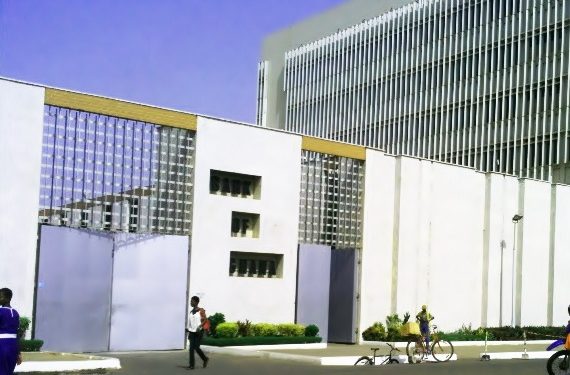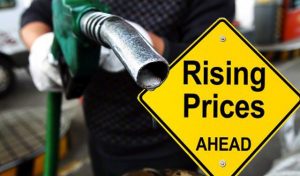Growth has picked up in the domestic economy since the sharp contraction in the second quarter due to the novel coronavirus, the Bank of Ghana (BoG) has indicated.
A recent Monetary Policy Committee press release issued by the central bank, which disclosed this, emphasized, “All the high-frequency indicators of economic activity have rebounded, consumer and business confidence levels are back at pre-lockdown levels and there are indications of steady growth in the private sector credit. However, the renewed threat from the second-wave of the pandemic has again heightened uncertainty and could hamper the recovery process in the near-term.”
Banking Sector Well Capitalised
According to the BoG, the banking sector was well-positioned to continue with the core objective of financial intermediation and providing support to the growth recovery process. Banks are expected to sustain the strong performance under mild to moderate stress conditions, barring more severe consequences on the real sector from the second wave of the pandemic.
Policy and regulatory reliefs granted to the industry would be reviewed alongside close monitoring and prompt supervisory actions which would be taken to address emerging potential vulnerabilities in the financial sector arising from the pandemic.
It said the current account balance turned out better than earlier anticipated. However, lower-than-projected FDI flows and portfolio reversals resulted in a lower buildup of reserves than earlier projected.
Assurance
The BoG continued that gross reserves at US$8.6 billion, which translated into 4.1 months of import cover, would provide adequate cushion against potential external vulnerabilities in 2021.
Need For New Revenue Measures
It also noted that the prospects of a sharp fiscal correction in 2021 now looked unlikely amidst the second wave of the pandemic which would be requiring additional spending to provide testing, vaccines, etc.
To put debt on a sustainable path and to ensure sustainability in policies, some new revenue measures and expenditure rationalization efforts will have to be pursued within the context of the medium term fiscal framework to allow for the generation of primary surpluses.
Inflation
Headline inflation, while on steady, declined in the early months of the last quarter of 2020, jumped in December to 10.4 percent, outside the target band of 8±2 percent, driven by food prices. However, the bank projects headline inflation to return to target in the second quarter of 2021.
Risks to inflation in the near-term are broadly contained, but short to medium-term risks emanating from the fiscal expansion and rising crude oil prices are emerging.
Policy Rate Maintained
Under the circumstances, and given the balance of risks to inflation and growth, the committee announced that it had decided to keep the policy rate at 14.5 percent.







